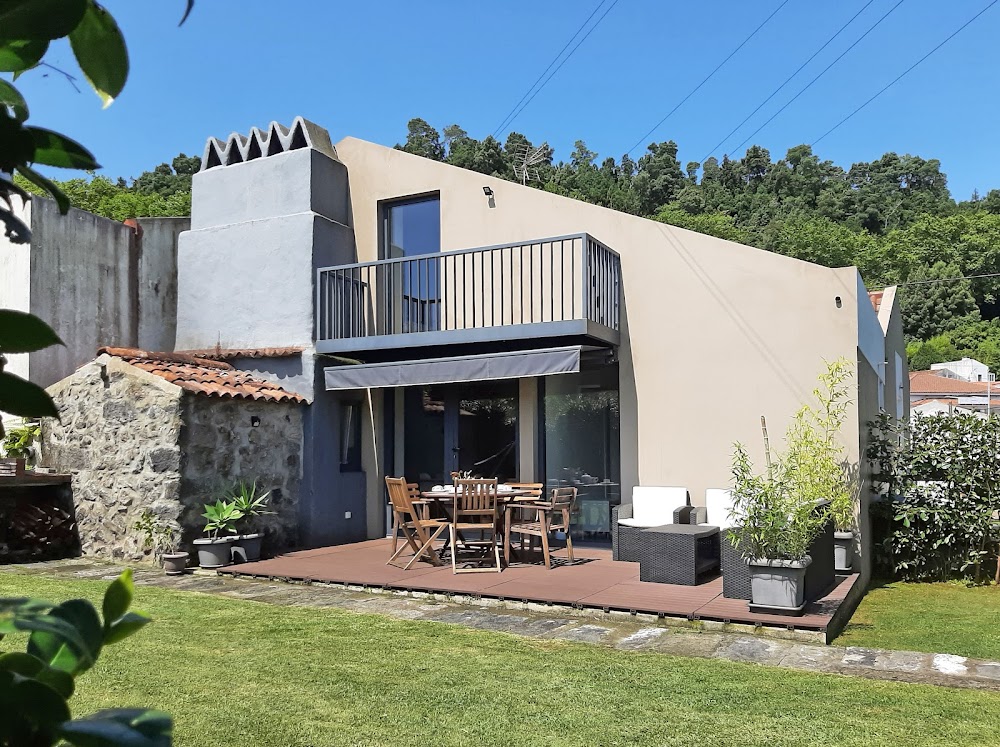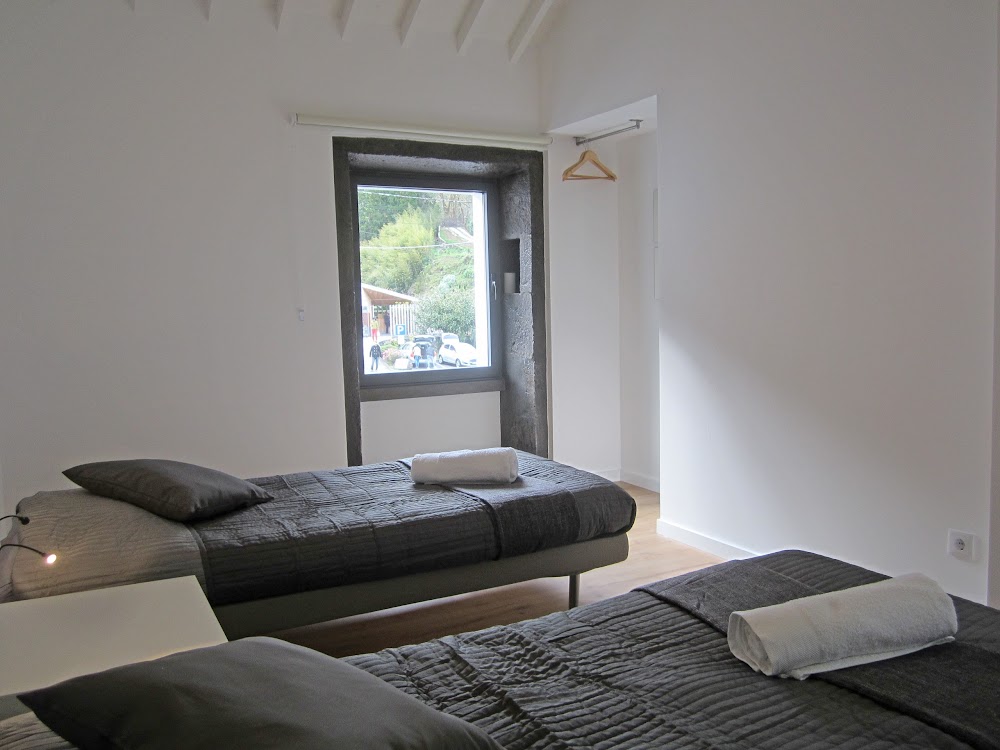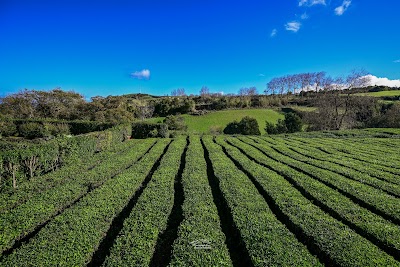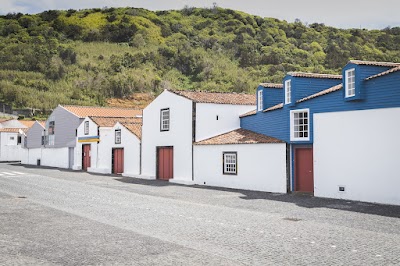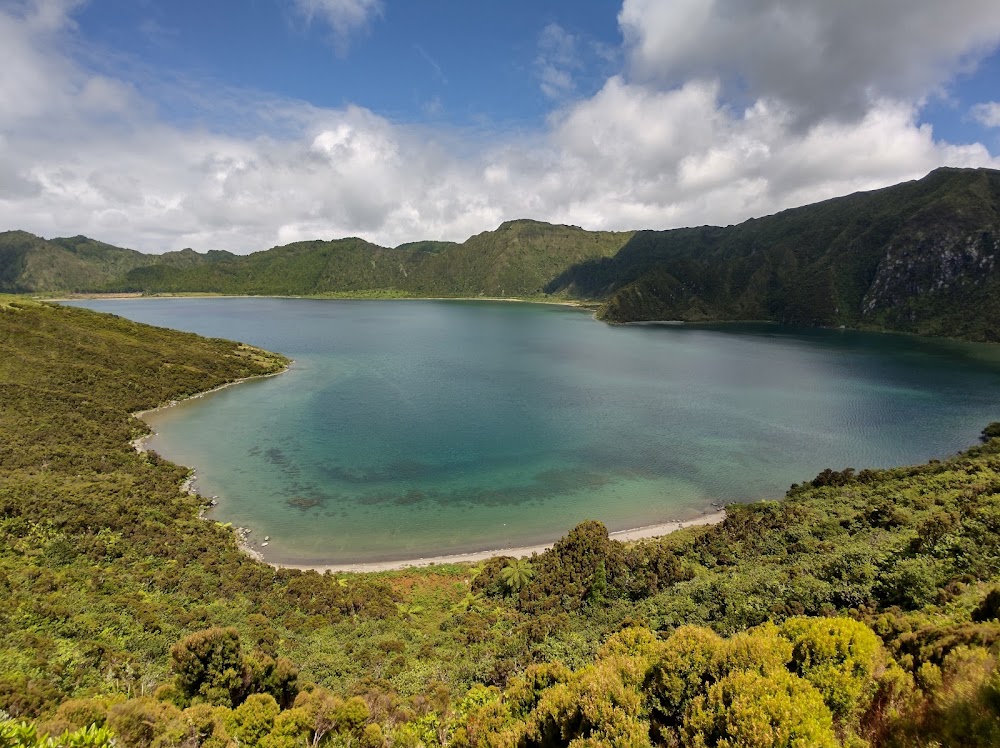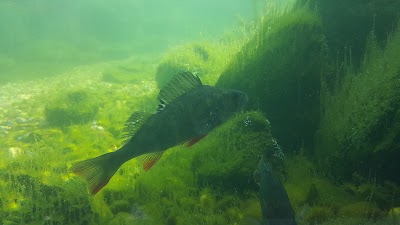Furnas Valley (Vale das Furnas)
Related Places
Overview
Furnas Valley, nestled within the breathtaking Azores archipelago in Portugal, is a stunning geological and geothermal marvel. This serene valley, situated within a volcanic crater on São Miguel Island, showcases landscapes adorned with lush vegetation, steaming hot springs, and unique geological features, making it one of the most distinctive destinations in the Azores.
Geological Formation and Landscape
The valley's captivating beauty is a product of its volcanic origins. Thousands of years ago, powerful eruptions and seismic activity sculpted the landscape into a caldera—a large volcanic crater. Over time, this caldera filled with water to form Lagoa das Furnas, creating the fertile grounds we admire today. The thermal waters that bubble up in the valley owe their warmth and mineral-rich content to ongoing subterranean volcanic activity.
Culinary Heritage
Furnas Valley’s geothermal activity has been embraced by the local community for centuries, particularly in their culinary traditions. One of the most famous local dishes is "Cozido das Furnas," a hearty stew slowly cooked using the steam from geothermal vents. Large pots filled with meats, vegetables, and potatoes are lowered into natural steam holes in the ground, simmering for hours to create a feast bursting with earthy, rich flavors.
Botanical Beauty
Another highlight of Furnas Valley is the enchanting Terra Nostra Park, a botanical garden established in the 18th century. Once a private garden, it has transformed into a public space that boasts an impressive collection of trees, plants, and flowers from around the globe. At its heart lies a large, iron-rich thermal pool, where visitors can indulge in a warm, mineral-rich bath amid the park's serene beauty.
Relaxation at the Hot Springs
The valley’s geothermal riches are further showcased at the Poça da Dona Beija hot springs. This series of natural thermal pools offers a tranquil retreat surrounded by lush tropical scenery. Known for their therapeutic properties, these healing waters have been cherished for centuries, providing a relaxing experience for all who visit.
Local Agriculture
The fertile volcanic soil of Furnas Valley also plays a significant role in local agriculture, particularly in the cultivation of high-quality tea. The nearby Gorreana Tea Factory, which has been producing tea since the late 19th century, allows visitors to explore the plantations, observe the tea-making process, and sample the delightful local brews.
Architectural Resilience
The community of Furnas has developed a profound understanding of their geothermal environment, evident in both traditional and modern architectural styles. Buildings are often designed to withstand minor seismic tremors, with the local church, Igreja de Santa Ana, exemplifying this architectural resilience. Constructed in the 18th century, this church stands as a testament to the community’s enduring spirit and adaptability.
Sustainable Tourism
Modern developments in Furnas Valley are thoughtfully balanced with the preservation of its natural beauty and ecological significance. Investments in sustainable tourism ensure that visitors can enjoy this remarkable area while safeguarding its uniqueness for future generations.
With its blend of natural wonders, rich historical traditions, and unique culinary and spa experiences, Furnas Valley is undoubtedly a must-visit destination. The interplay between its volcanic past and ongoing geothermal energy continues to shape not only the landscape but also the lives of those who call this enchanting valley home.


